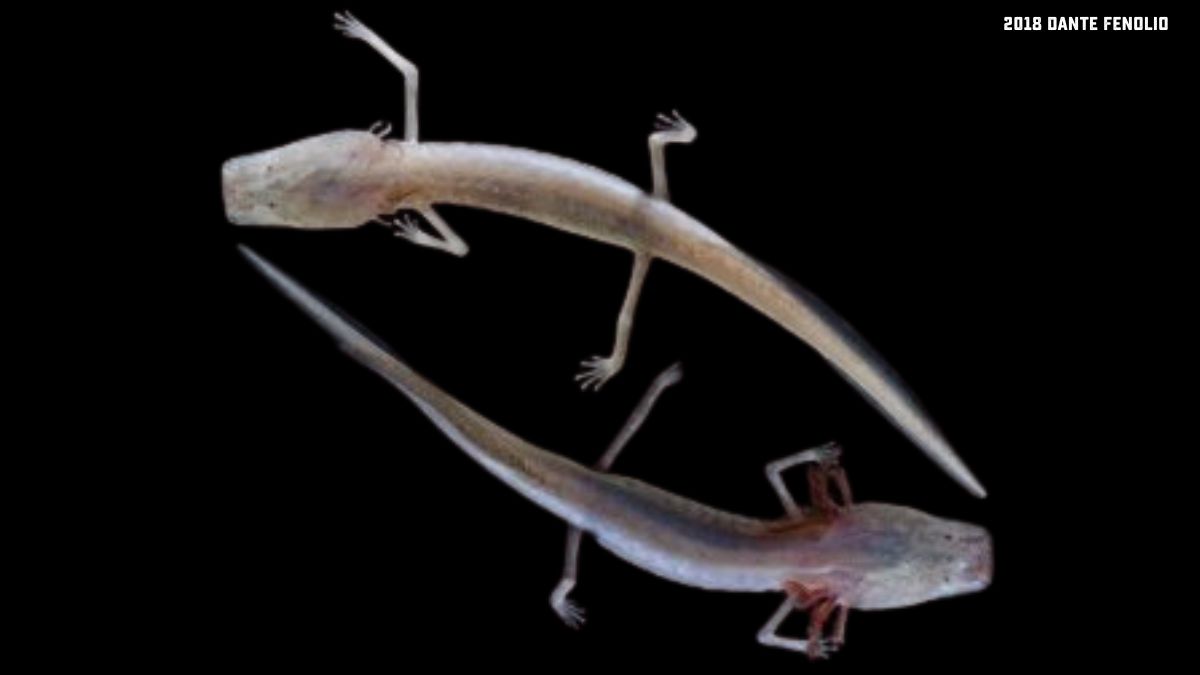Environmental DNA (eDNA)
Using eDNA metabarcoding to survey wells and springs emanating from the Edwards Aquifer in the vicinity of Del Rio, San Antonio, and San Marcos, Texas.

Project Details:
We have embarked on an ambitious effort to study some of the rarest and most elusive species in North America using cutting-edge technologies. We are using environmental DNA (eDNA) metabarcoding to survey wells and springs emanating from the Edwards Aquifer in the vicinity of Del Rio, San Antonio, and San Marcos, Texas. The Edwards Aquifer’s fauna is among the most diverse on Earth and new discoveries continue to be made as threats to this fragile ecosystem increase. The focus of these surveys will be three species of blind catfish (the Mexican Blindcat, Prietella phreatophila; the Widemouth Blindcat, Satan eurystomus; and the Toothless Blindcat, Trogloglanis pattersoni) and several species of groundwater salamanders (the Texas Blind Salamander, Eurycea rathbuni; the Blanco Blind Salamander; E. robusta, the San Marcos Salamander, E. nana; and three undescribed species). In addition to these focal species, our eDNA methods will also detect and identify invertebrates (including several listed species), thus providing important, updated baseline information on the distributions of target species, but also the composition of subterranean faunal communities.
Environmental DNA sampling involves filtering a few liters of water through very fine filters to extract the free-floating DNA continually shed by aquatic organisms. Preserved filters will be sent for analysis to a well-known, respected laboratory in the UK specializing in the application of this new technology that will extract DNA sequences and match them to known species recorded in public online global databases. This represents a vast improvement over traditional sampling methods. DNA released by organisms into the water can be detected quite far from the release point, so eDNA is able to detect organisms over a broader area than does classical sampling. In our case, eDNA will usually be acquired via wells bringing water from the deep aquifer to us at the surface, but we will also be sampling in some open-bore wells, natural springs, as well as subterranean pools and streams in accessible caves.
Key steps in this effort are identifying sampling sites (historic and potential) and obtaining permission to pump small quantities of water to the surface. Identifying and contacting well owners for permission to sample is the greatest hurdle here. Our collaborators at UT Austin created a database of candidate wells with current landowner information. Most wells are either privately-owned agricultural or municipal water supply wells that are owned by local, state, or federal entities. We currently have access to several sites and are in the process of obtaining permission from additional well owners while identifying and accessing additional sampling sites in the Edwards Aquifer recharge zone.